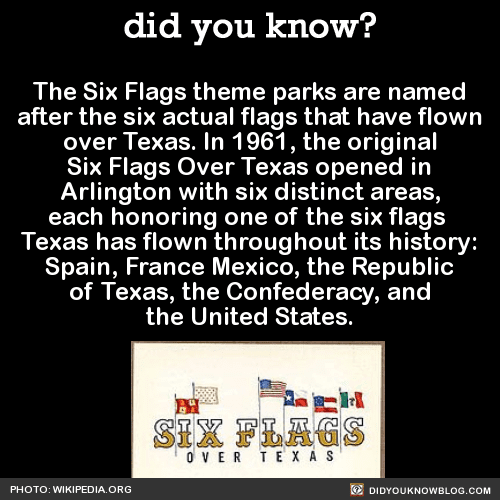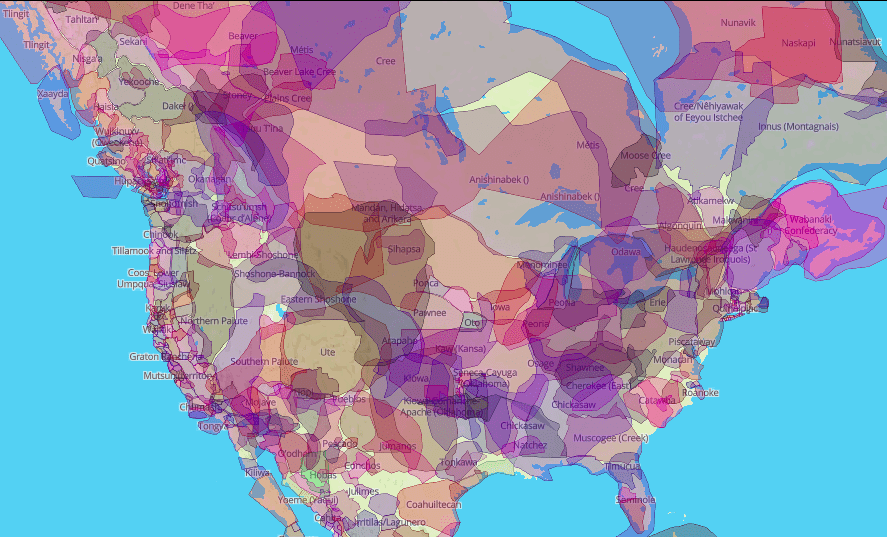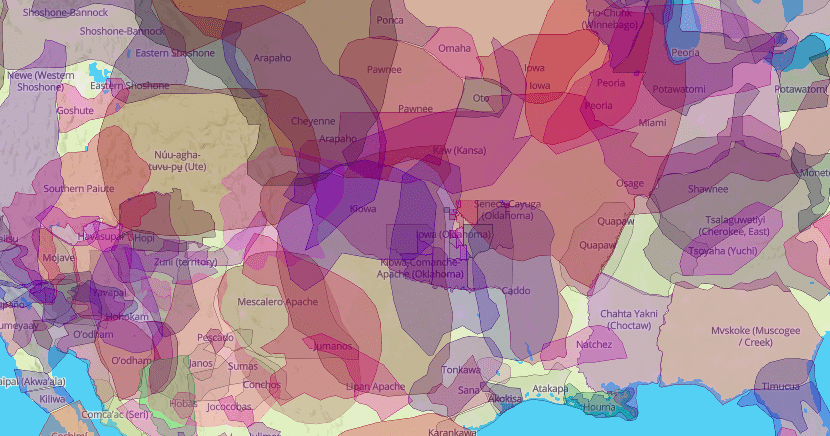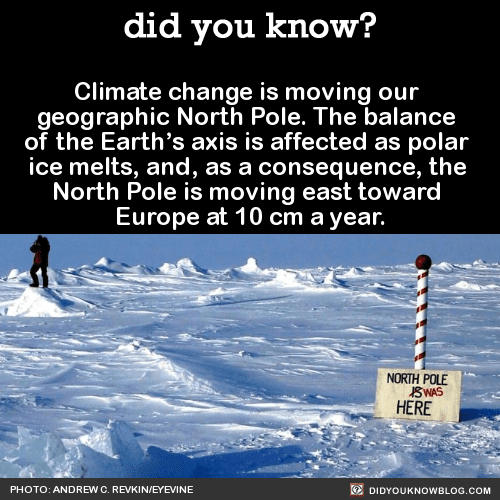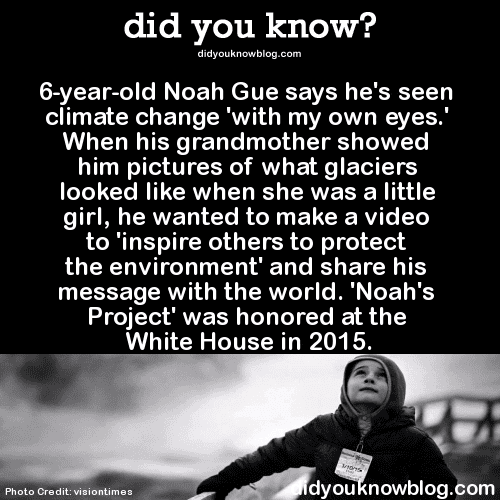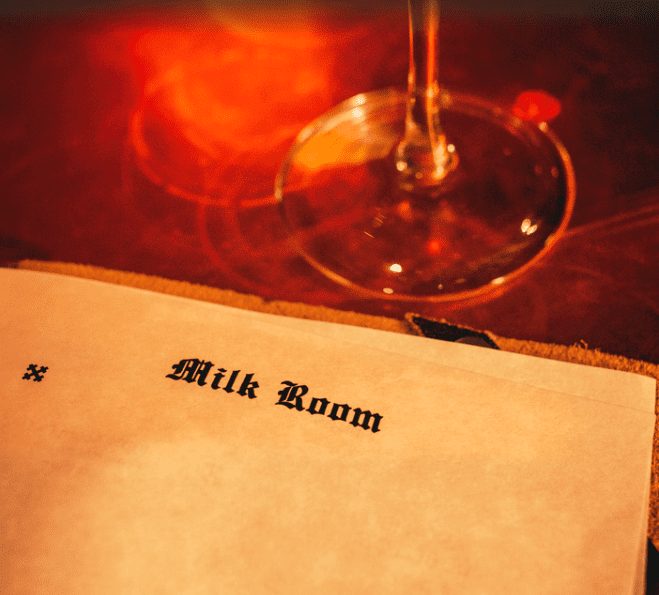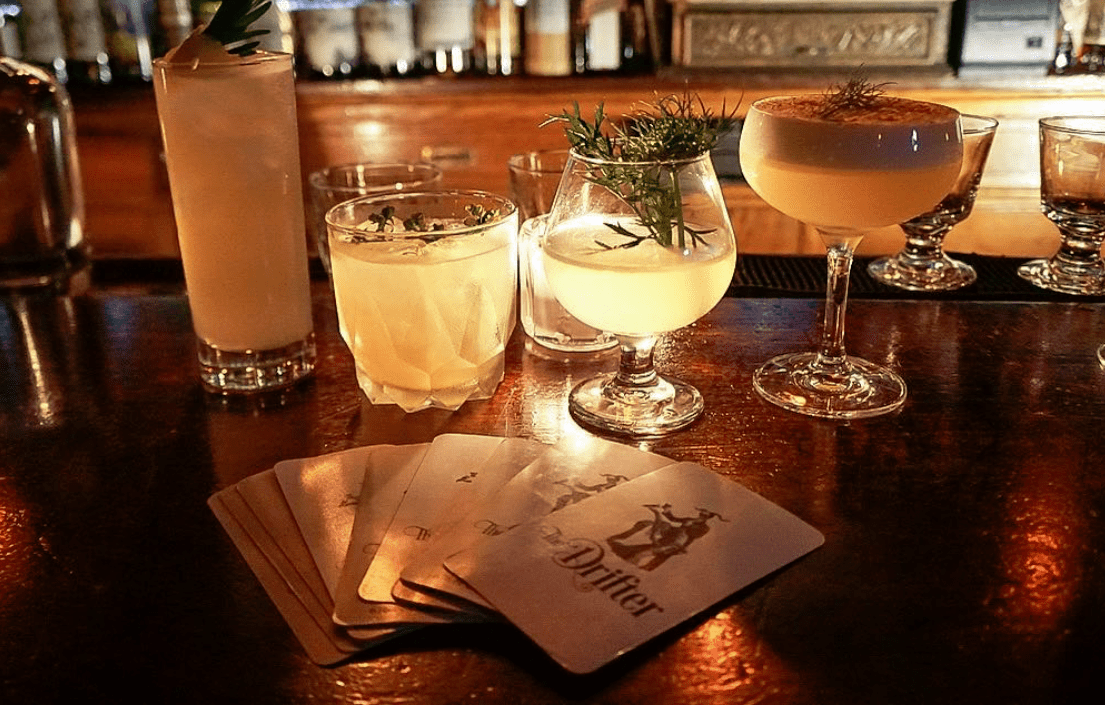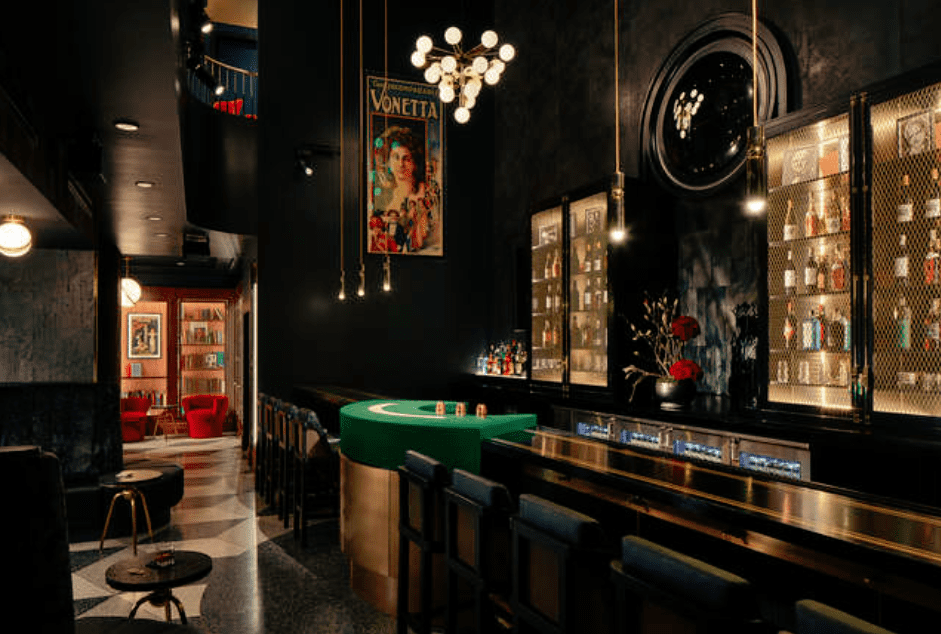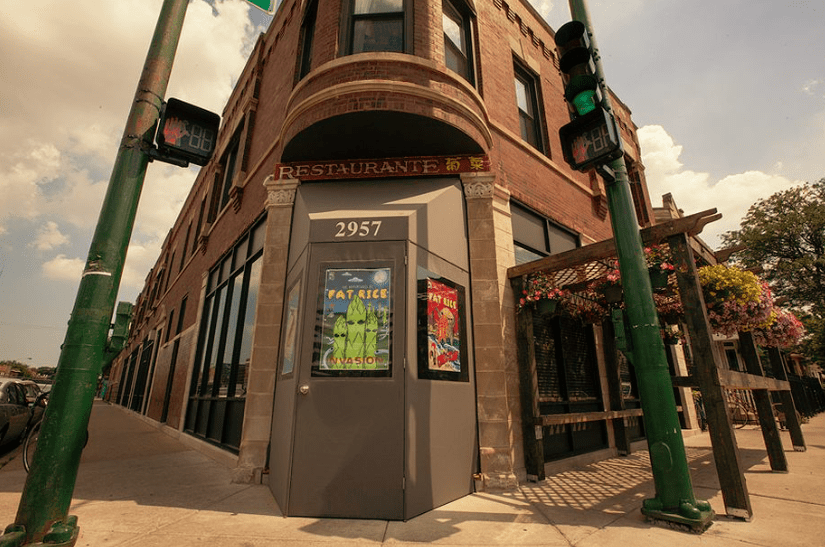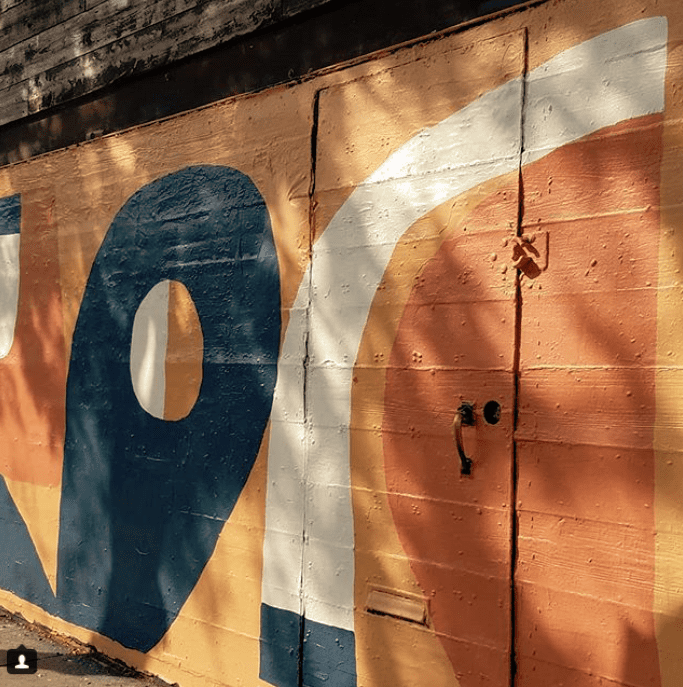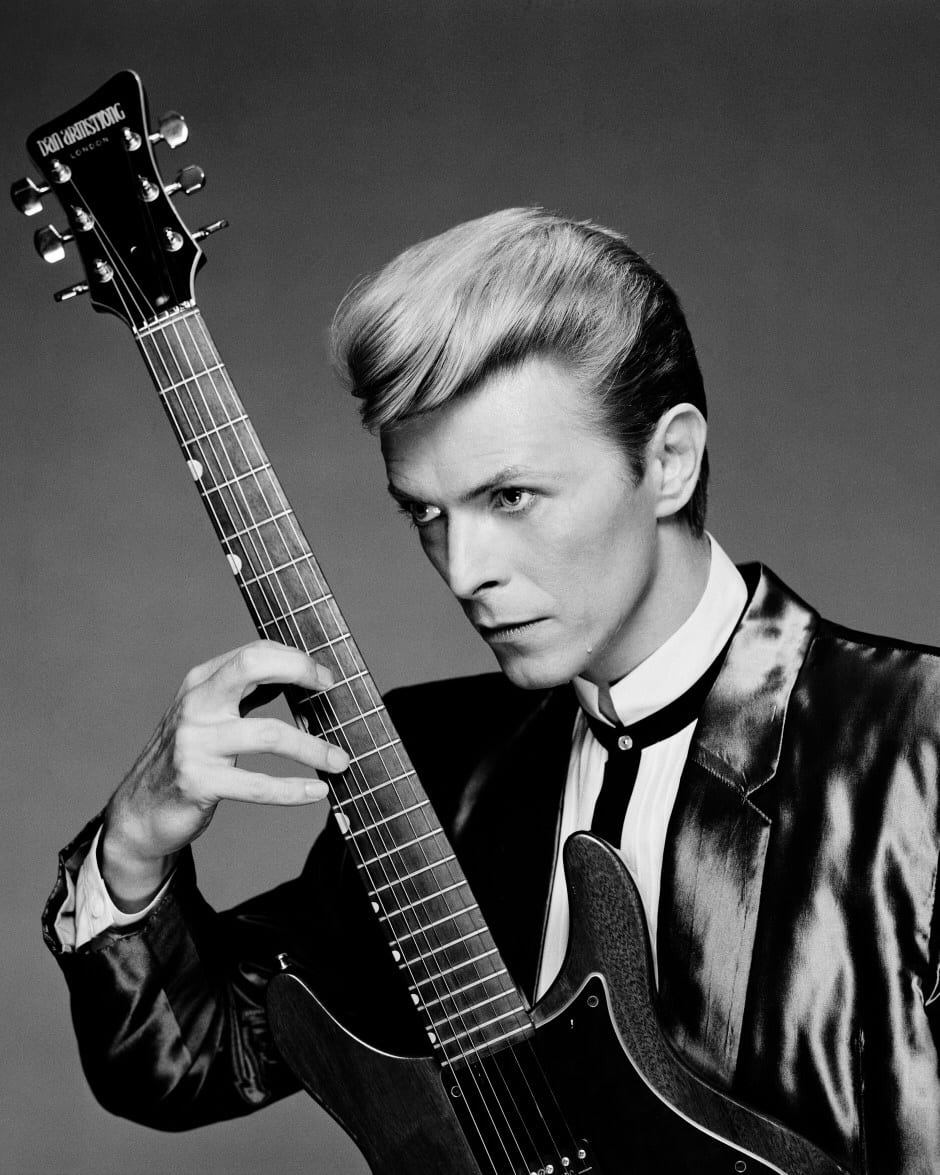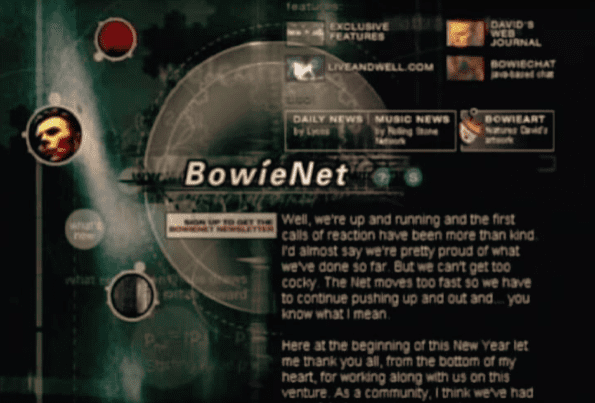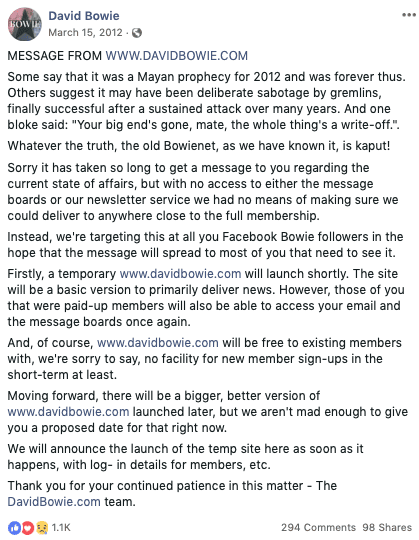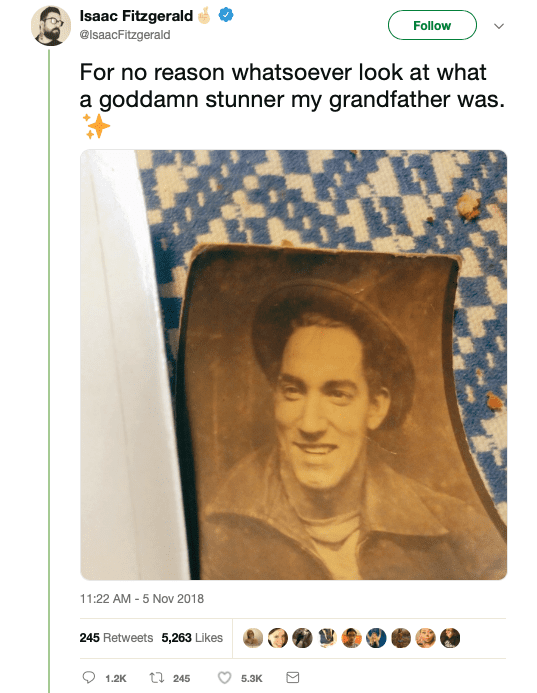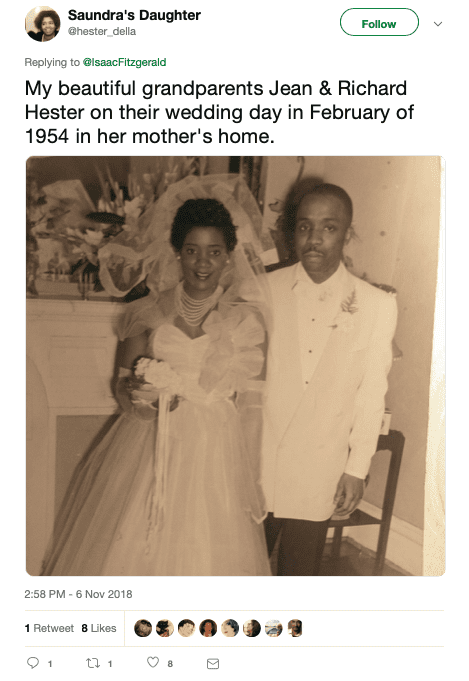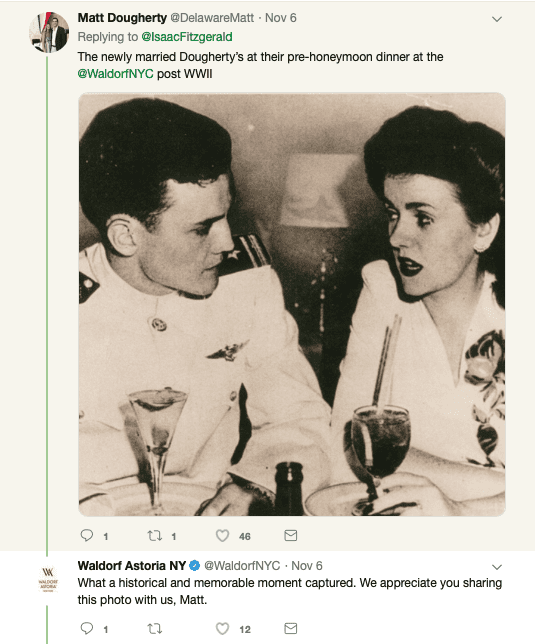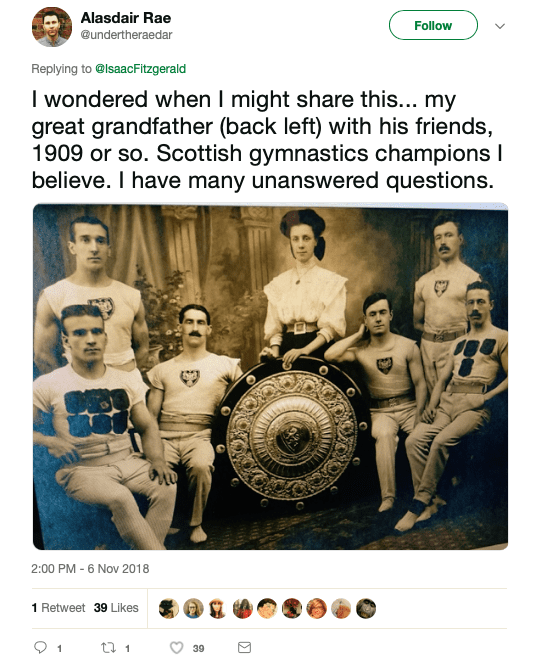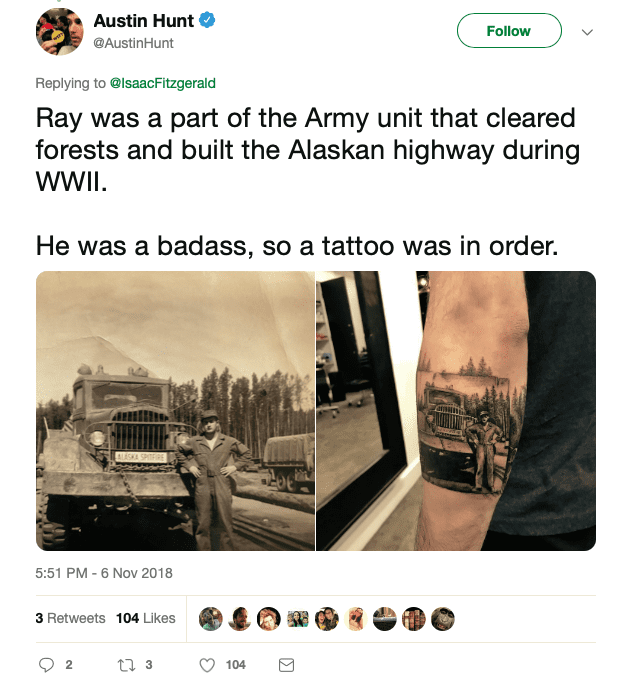Everyone has their morning routines, and starting your day off on the right foot is vital to the success of your day. Some of us find it a lot harder to start our days out productively, but it’s a new year so what better time than now to get inspired for a little self-improvement?
And, what better place to get started than taking advice from some of history’s most successful people? Here are morning routines from some names you will definitely recognize. It might be time to incorporate some of these tasks into your daily routine.
1. Meditate.

Photo Credit: Public Domain
Morning meditation can help get your head on straight and help you focus on what you need to achieve throughout the upcoming day. It also helps reduce anxiety.
Philosopher Immanuel Kant was a huge proponent of meditating each morning before he began his work day.
2. Treat yourself.
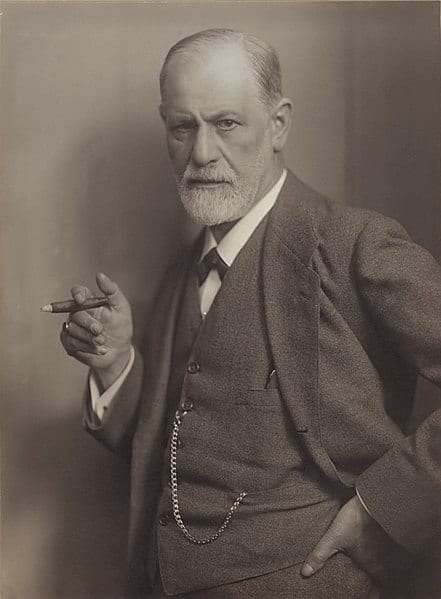
Photo Credit: Public Domain
Even though it may feel like you’re procrastinating, doing something that you enjoy or that helps you relax each morning is very important. Before jumping into their work days, Freud had a barber trim his beard each morning, and Napoleon and Mozart spent a good amount of time primping and getting dressed.
3. Make a new resolution each morning.

Photo Credit: Wikimedia Commons
Let’s look to Benjamin Franklin for this one. One of America’s greatest figures followed the same routine each day: He arose at 5 a.m. and said to himself, “What good shall I do this day?” Make each day count, just like Mr. Franklin did!
4. Take a walk.
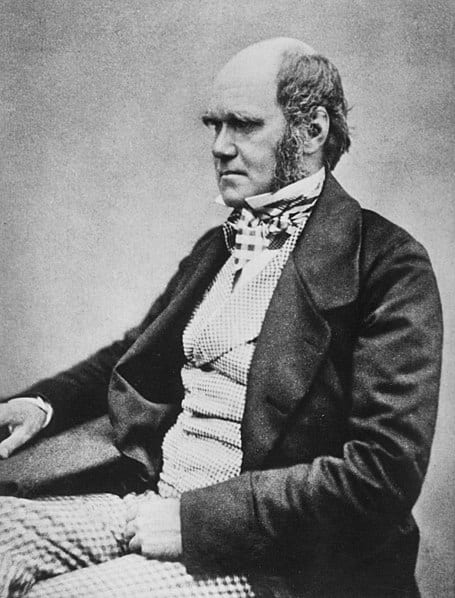
Photo Credit: Public Domain
Is there anything more relaxing and mind-clearing than taking a long walk? I think not, and I’m in good company. Charles Darwin and Georgia O’Keeffe are two examples of brilliant minds who took morning walks in order to get the creative juices flowing.
5. Work from your bed.

Photo Credit: Wikipedia
This one may sound a little odd, but look at the proof: The legendary French writer Voltaire regularly worked from bed and he was incredibly productive during his life, writing more than 50 plays. He was known to work 18 hour days, too, so he was clearly not a lazy guy.
Winston Churchill was also a prolific bed worker, working from there for hours each morning.
The post Here’s How Some of History’s Most Successful People Started Their Mornings appeared first on UberFacts.



